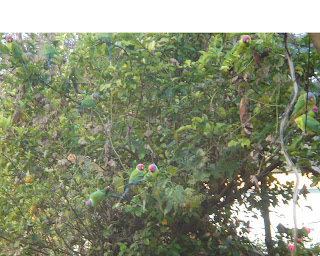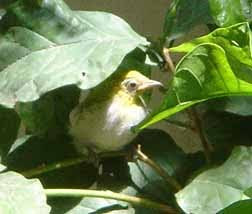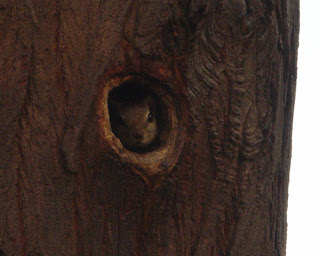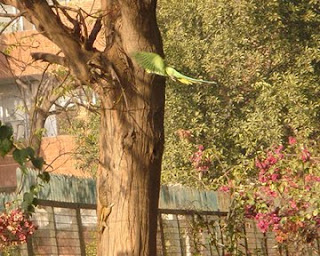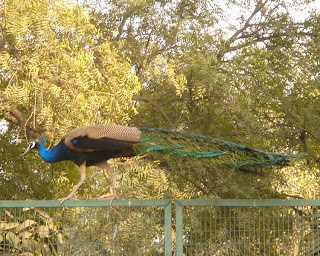Wrapped in a woolen shawl, comfortable in a closed car traveling up the mountains, the windscreen in front of the car suddenly showed up fellow trotters on the road.

Hundreds of sheep and goat with tending shepherds, watch dogs and carry mules occupied the road ahead. While clicking the pictures, I also started to wonder what we would do without the warmth provided by the wool on the back of these animals.
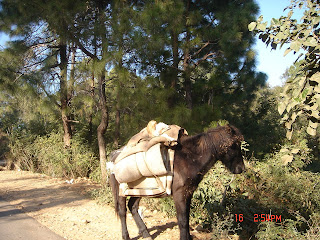


Reaching back to our village home, I took a walk in the fields. The bright sun shone during the day, streaming in through the pure mountain sky. It seemed to reassure everyone that "all is well" with the world. The foggy air and grey skies of the city were soon forgotten.
A pretty jezebel danced on the flowers, soon followed by a blue tiger and a high brown silverspot(?)



Butterflies I had not set my eyes on in Gurgaon. Here, in this small Himalayan village, they merged with everyday life.
So did the beautiful plum headed parakeets which descended in hundreds to peck on the grains thrown in the front yard. There were wagtails, tree pies, jungle crows, mynahs, white cheeked bulbuls and sparrows vying for the grains.

But when the parakeets landed as if on cue, all the others stepped back and here is the pretty picture they made.

